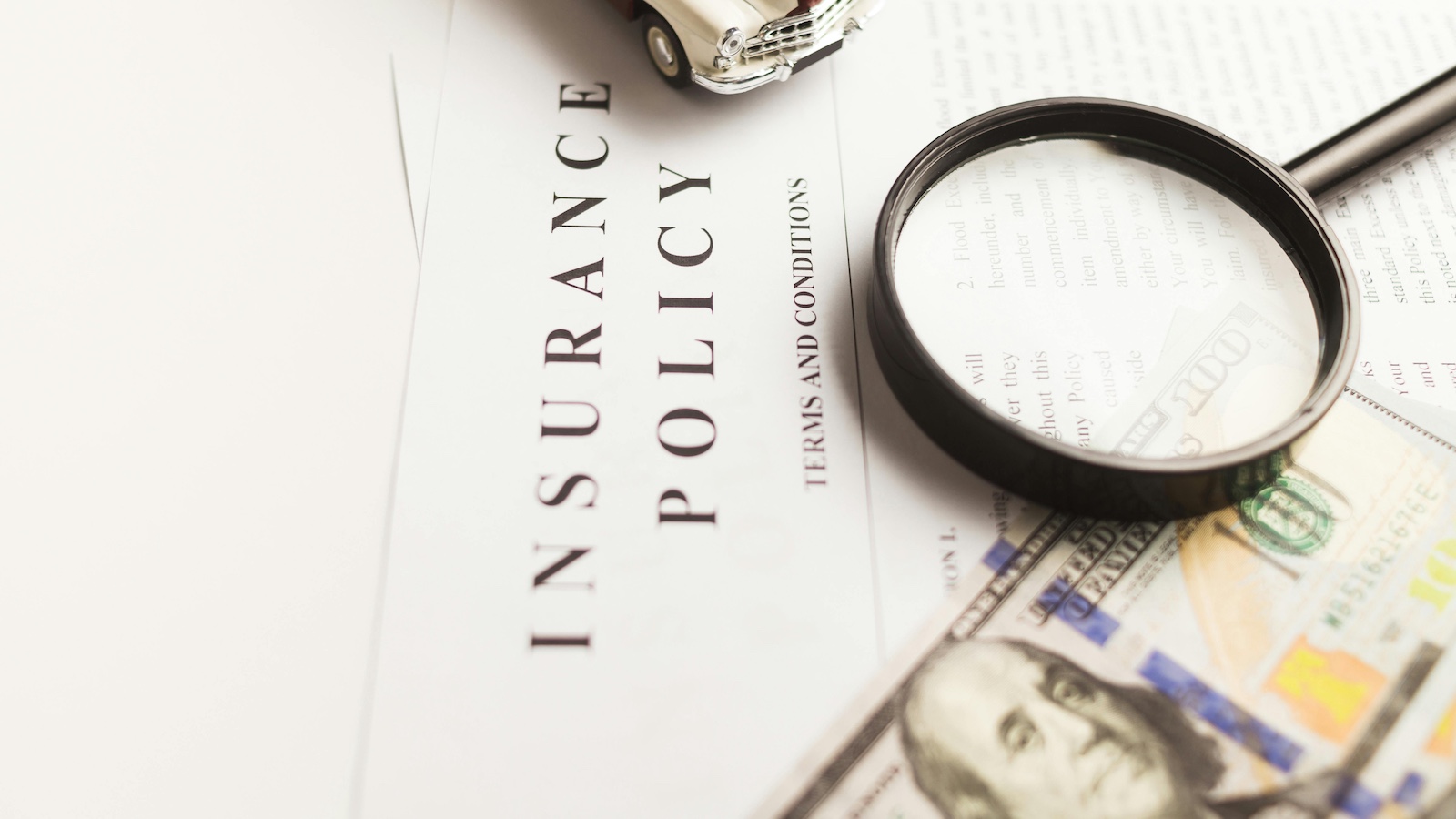Social inflation is a term you frequently hear in risk management these days. It refers to a public, anti-establishment sentiment that has a far-reaching impact on businesses and the insurance industry. Last year, Out Front Ideas with Kimberly and Mark discussed the impacts of social inflation with a panel of experts. Our guests were:
- Mark Bennett, vice president of large casualty claims for Safety National
- Oliver Krejs, partner for Taylor Anderson
- Aref Jabbour, senior consultant for Trial Behavior Consulting
- Andrew Pauley, government affairs counsel for the National Association of Mutual Insurance Companies (NAMIC)
Jury Trials
While only 5% of lawsuits result in a jury trial, knowing the potential outcome for a defendant shapes the future of underwriting and pricing risks in the industry. Because of the impact on rising costs, it is critical to explore what is causing the public to shift sympathy in support of the plaintiff.
Over the last five to six years, we have seen a steady increase in awards by juries. We have also witnessed an increase in the number of cases going to trial, especially in cases valued up to $1 million.
What is happening with liability juries to drive these large reports? One of our experts breaks down the major areas of concern.
- The perception of the value of money has changed since the financial crisis. Juries believe that defendants can pay out larger sums of money to a plaintiff. Much of this is based around our daily exposure in the media to larger verdicts, desensitizing the public and making such verdicts appear more common and acceptable. Juries also believe defendants should pay even if there is substantial evidence they were not at fault, because the plaintiff deserves compensation.
- Media outlets and social media are affecting public opinion. Anyone with a social media account can attest that ideas expressed there are more extreme and less filtered than what someone would be willing to say in person. These publicly expressed ideas become validated in people's minds, which are hard to change. For example, we are seeing an increase in jury awards against police officers, even in cases where the evidence supports that the officer acted appropriately. There is a true struggle to overcome these types of societal prejudices as media-based opinions become more prolific.
Bad Faith, Litigation Financing and Other Challenges
Expansion of bad faith claims, litigation financing and the statute of limitations also challenge insurers. One of our guests summarized these issues:
- Bad Faith — The original intention of bad faith was to hold an insurer responsible when particularly egregious acts have been committed and when a worker has been intentionally put in harm’s way. However, some states have lowered the standards for claims. Insurers can get hit with punitive damages after one minor claim. Often, the claim can simply result from missing a statutory deadline, so no one was harmed, but the claim is used to punish the insurer. One of the most common effects of bad faith litigation is added costs to the system. Florida, for example, has long been known as one of the most challenging jurisdictions for insurers in the context of bad faith, and vehicle owners recently paid $1.2 billion in added costs based on outcomes of bad faith litigation.
- Litigation Financing — This has become a regulatory vacuum where companies or individuals finance litigation in exchange for a percentage of the settlement/verdict. This results in longer litigation and more cases going to trial, and can also create a conflict of interest among parties. It creates a major concern for expansive litigation and furthers the need to investigate the motivations behind these cases. We see more instances of hedge funds getting involved simply because of the return on investment it provides them. These situations don’t always mean the plaintiff will be better off. For example, in one case in New York, the plaintiff was allowed to borrow $27,000, and the case settled five years later for $150,000. The lending company took $100,000, the attorneys took the rest, leaving $111 for the plaintiff.
- Statute of Limitations — The guidelines for when a claim can be filed have been changing rapidly on a state-by-state basis due to loosening laws across the country. These changing laws significantly affect public entities, school districts or other institutions, specifically relating to the ability of a claim to be filed retroactively in a childhood sexual assault case or abuse claim. Some states have expanded the limitations beyond expiration dates, some allow for a period of discoverability and some allow for a lookback period. California, for example, passed a law allowing for a lookback period that extends the time a file can be claimed up to five years. The law has extended previous claims of viability from the age of 26 to the age of 40. However, the court’s interpretation will determine whether these claims can be filed based on current policies.
Litigation Solutions
Although we often cannot avoid litigation, there are measures we can use to prevent excessive jury awards. While none of these guarantee a favorable outcome, our guests suggest them as a general approach.
- Change how cases are worked up from the beginning. A specific case that came out of Texas’ fifth circuit sought to change a law to closely mirror a direct action state like Louisiana, allowing the layers below an insurer to settle out and fund the case, leaving the excess carriers above them with the obligation to defend the case. Litigation changes like this will result in excess carriers having to completely adjust due to changing defense costs and exposures. Understanding how to educate the jury, providing expert testimony and getting all parties on the same page will need to be in the basic setup of a case.
- Advocate for early intervention and get all parties on the same page. Before litigation begins, you should ask yourself what your discovery process looks like. Are you interviewing all potential witnesses and figuring out what the fact pattern may look like? Do you know the answers to questions that the jury may seek later on in trial? Do you have the facts that will allow you to empower the jury? Ensure that there is a consistent message and always take more of an anticipatory approach than a reactive one.
- Educate the jury on what is reasonable and factual. Because of social inflation’s impact on a jury’s prejudice, it is imperative to empower jury members with facts and reason. For example, do you know what the jury views as a reasonable award that would properly compensate the injured? In hospital charges, billings are often inflated up to 300% to 600% higher than what the facilities regularly accept from insurance companies.
See also: Insurance Outlook for 2021
Legislative Solutions
Tort reform is a key element in combatting these rising jury awards. Stakeholders need to educate legislators on the societal costs of these large awards. This is no easy path. Businesses need to get involved with state and local bar associations and work with PACs on legislative efforts.
The awards being seen today are from accidents that happened several years ago. That means the industry is probably looking at several more years of accident year combined ratios above 100% before rates are adequate for the reality of the exposures being faced.









